Apple: It’s one of the most successful companies in the world. Products like the Macintosh, iPod, iMac, and iTunes were all groundbreaking and successful. The iPhone alone had sold over 2.2 billion units since production began. But even the most innovative corporations have their failures.
Despite their successes, there have been multiple Apple products that failed over the years. Keep reading to find out which Apple products never gained popularity with consumers and were discontinued.
5 Apple Products That Failed And Were Discontinued: #ApplePippin #AppleNewton #AppleIII #MacintoshTV #AppleMacintoshPortable Share on XThe Apple Newton
In 1993, mobile computers were still an idea found in science fiction novels. To give consumers convenient features on the go, Apple released a PDA (portable desktop assistant). The Apple Newton was described as “Apple’s personal data assistant” device.
The Newton allowed users to store contact information and calendar dates, send a fax, and take notes. Using the included pen-sized stylist, it could also convert handwriting into text.
Since it was so revolutionary for the time, how did this handy device end up as one of the Apple products that failed?
Technology at the time was not on par with the concept behind the Apple Newton. The device was unreliable, with the handwriting feature not translating correctly most of the time. There’s even a scene from The Simpsons making fun of the Newton’s terrible handwriting to text feature.
Storage was also low, so users had to purchase additional storage cards. This was an annoying and expensive add-on that frustrated even loyal Apple fans.
Although the Newton had three models at varying price points, none of them were affordable. The smallest and cheapest model started at $500, with the largest costing $2,000.
This device was, essentially, a fancy notepad. Only selling 50,000 units in its first four months on the market, this product was one of the worst-selling and embarrassing Apple product failures of all time.
But Apple proved that there was a consumer market for PDAs. Once the stylus technology improved, Palm Pilot was able to swoop in and build a PDA empire on the ashes of the Apple Newton.
- Why The Apple Newton Failed: Technology wasn’t ready to support the product’s concept, too expensive.
NERD NOTE: Have you noticed that Apple is usually no longer the first company to market with new products? For example, Apple didn’t release the first MP3 player. They let companies like RioPort and Remote Solution pave the way, build a consumer market, and prove the business model first. Then, when Apple did enter the market with the iPod, the initial groundwork was already done.
Apple Pippin
A long-forgotten Apple product, the Apple Pippin, was released in 1996. It was Apple’s first and only attempt at creating a gaming console. In collaboration with Bandai, a video game company based in Japan, the Pippin was designed to compete with the Sony PlayStation and Nintendo.
Innovative for its time, the Pippin had a modem, PAL/NTSC switch, 4x CD-ROM drive, PowerPC processor, 6 MB’s of RAM and a nicely designed case. But despite its impressive specs, it only sold 42,000 units… total. Why?
Users disliked the Apple Pippin for several reasons, including…..
- Poor Graphics: The Pippin was too under-powered of a system to support detailed graphics. The picture would flicker in and out and the pixels made all images look grainy. As a workaround, customers could adjust the system to display graphics differently for each game. This annoying extra step only helped some games become more playable, while making others look worse.
- Expensive: At $600, the Pippin was also priced twice as high as the N64 and the original Sony PlayStation ($299), both popular consoles at the time.
- Limited Game Options: Only a few games were available on the Pippin, making it an expensive game console with a small library of titles.
Between the bad graphics, limited game selection and expensive price tag, the Apple Pippin was an unpopular choice among gamers and doomed to fail. But one of the first things that Steve Jobs did when he returned to Apple, was cancel a variety of projects, including the Apple Pippin.
- Why The Apple Pippin Failed: Failed product focus, bad graphics, too expensive, limited gaming options.
Macintosh TV
The Apple TV is one of the most popular Apple products in recent years. However, the original Apple television, the Macintosh TV, was an Apple product failure.
Released in 1993, the Macintosh TV was a computer that could access the Internet as well as watch live TV stations. It included an attached keyboard and mouse for navigation.
Customers did not receive this launch well. Users complained about how slow the system was and the lack of storage available. The device only allowed TV watching or internet surfing separately, so users couldn’t access both at once.
With a $2,099 price tag, the Macintosh TV only sold 10,000 units before Apple pulled it from retailers.
- Why The Macintosh TV Failed: Technology wasn’t able to match the concept, too expensive.
Apple Macintosh Portable
In 1989, Apple attempted to create the first portable computer. The Apple Macintosh Portable was the first battery-operated laptop users could take on the go.
While this product launch wasn’t successful commercially, critics did like the device. The Macintosh Portable had a 9.8-inch LCD screen and was faster than their desktop computers. The device’s battery could even last a whopping 10 hours on a single charge.
However, Apple Macintosh Portable wasn’t popular with consumers. Critics rank it with other Apple product failures because of its inconvenience. This laptop weighed almost 16 pounds, making it very difficult to transport.
Additionally, the Apple Macintosh Portable would sometimes fail to turn on despite it being plugged in. Retailing for $6,500, consumers didn’t see the value in the Macintosh Portable.
- Why The Apple Macintosh Portable Failed: Too heavy, product didn’t deliver on its portability promise.
Apple III
After successfully releasing the Apple I and Apple II home computers, Apple thought they were untouchable. The disastrous Apple III launch changed everything and opened the doors for IBM to take over the business market.
The Apple III was the first Apple product that failed. The Apple I and Apple II were both successful personal computer launches, gaining Apple international recognition. The Apple III was supposed to be an equally successful follow-up. It was Apple’s first computer designed specifically for professional use and the company had big plans to use the Apple III to expand into the business market. However, the overall design, timing, and rush to market ultimately doomed the Apple III.
At the time, Apple had a huge head start in the personal computer space. While Apple was focused on building computers for home and educational use, their computing rival, IBM, only made mainframe computers for businesses. But that was about to change.
While Apple was rushing to release the Apple III, IBM was busy working on the IBM Personal Computer. Apple got to market first and released the Apple III in November 1980. But their rush to beat IBM was a critical mistake.
The first 14,000 Apple III units to ship had to be recalled because of stability issues. The motherboard of the Apple III was prone to overheating, causing pieces to come loose. So many customers complained about malfunctions that Apple had to replace thousands of units for free. Apple regrouped and then relaunched the Apple III a year later in November 1981.
However, while Apple was dealing with the fallout of a sloppy product launch, the IBM Personal Computer made its debut a few months earlier in August 1981. Questioning if Apple was truly ready for the professional market, many businesses decided to stick with IBM. Over the years, IBM had built a good reputation with businesses using their mainframe products.
The reputation of the Apple III never recovered, and it was discontinued in April 1984. Just think, if the Apple III debut hadn’t failed, the rise of IBM, and eventually Microsoft, might have never happened.
- Why The Apple III Failed: Rush to market, design flaws, reputation damage from product recall, bad timing
The Biggest Apple Product Failures Of All Time
Experience is the greatest teacher and Apple has leaned some tough lessons over the years. Although Apple still makes the occasional stumble, their days of mega-failures are likely behind them. Or are they? Drop a comment below.

Frank Wilson is a retired teacher with over 30 years of combined experience in the education, small business technology, and real estate business. He now blogs as a hobby and spends most days tinkering with old computers. Wilson is passionate about tech, enjoys fishing, and loves drinking beer.

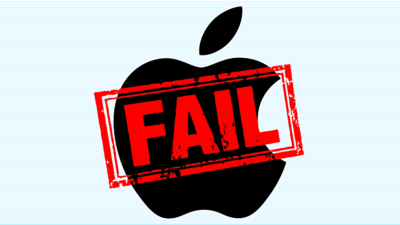
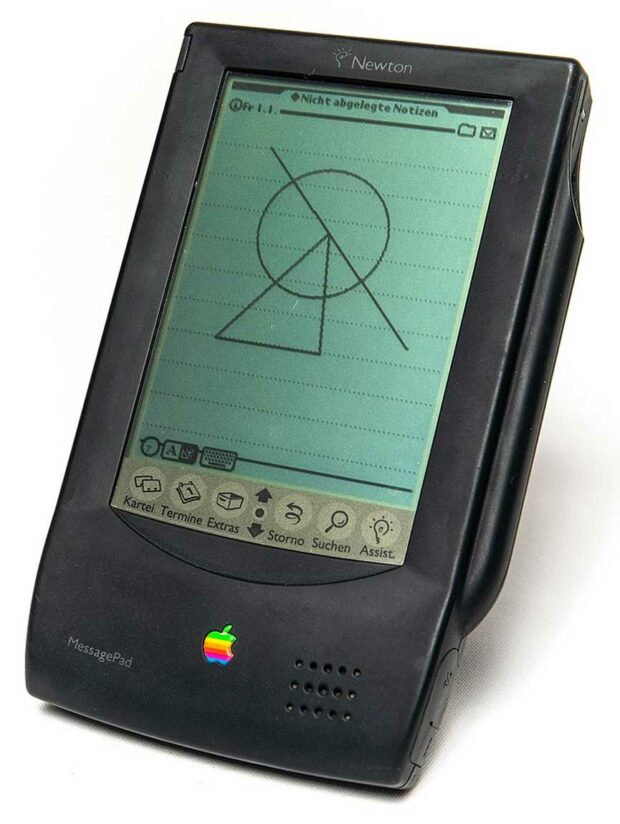
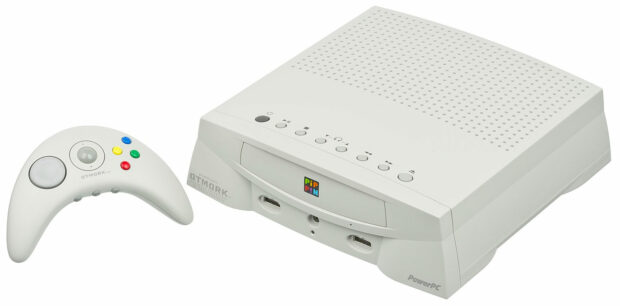
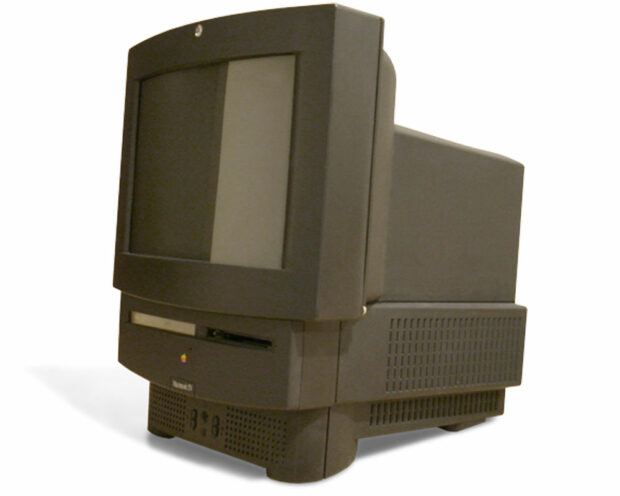
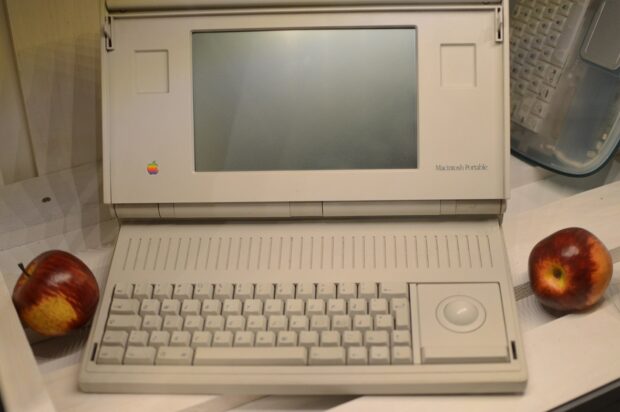
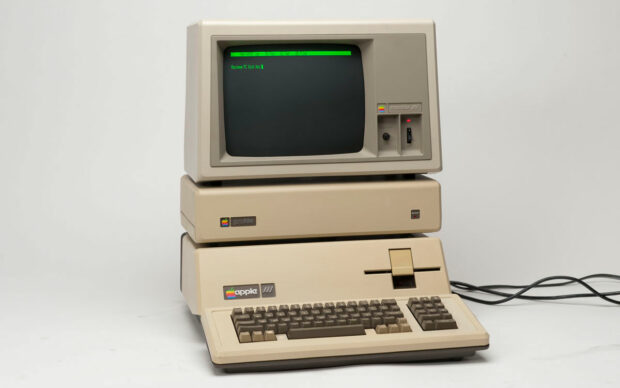










 The 6 Best Weeknd Songs Of All Time
The 6 Best Weeknd Songs Of All Time
Leave a Reply
You must be logged in to post a comment.